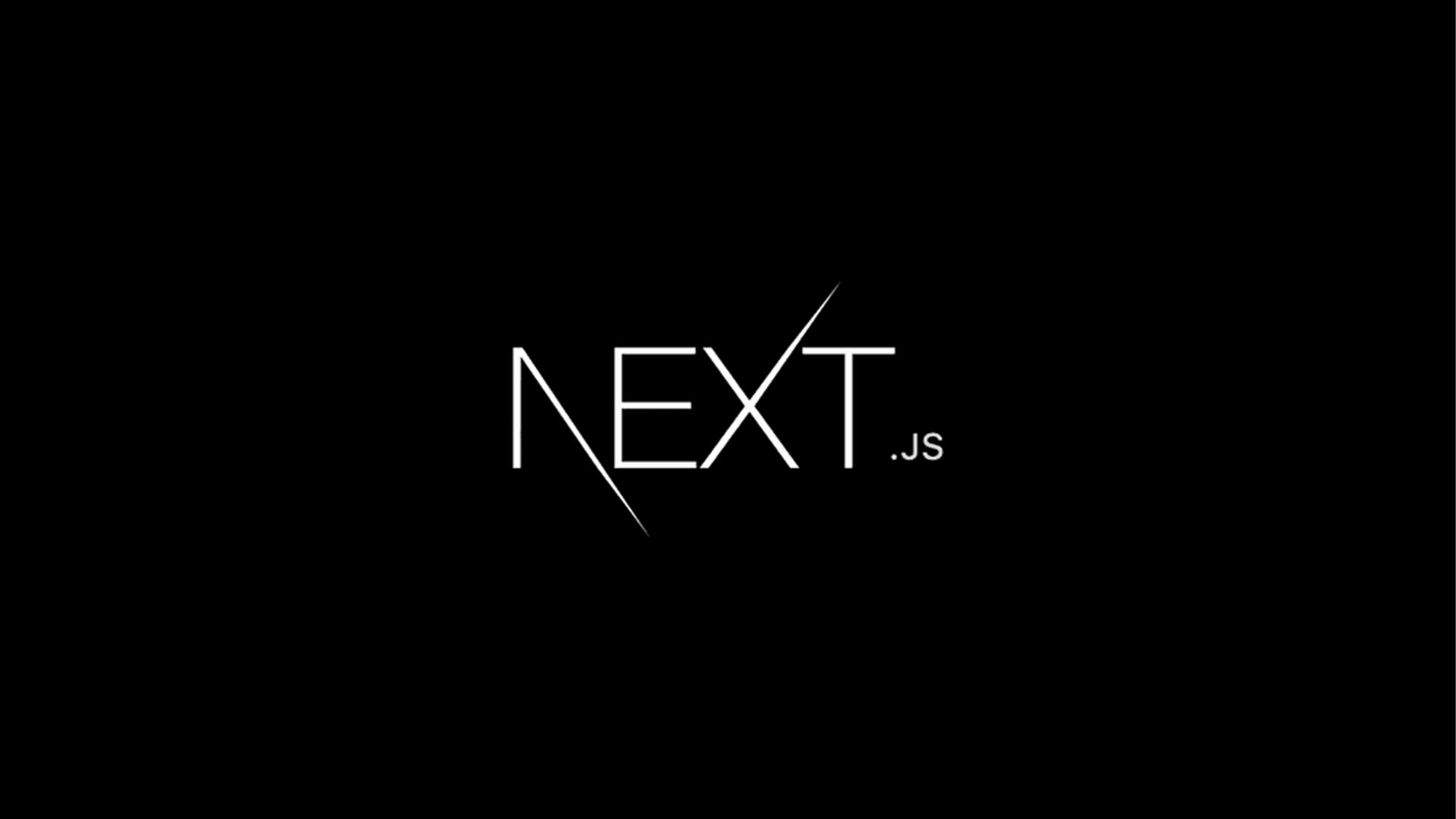
Next.js v14
Unleashed on October 26th, 2023, Next.js 14, the latest gem in the React Framework crown, has become my go-to for web development. Let's take a look at the latest features:
Accelerated Web Development.
Next.js 14 introduces crucial updates and improvements geared towards enhancing the efficiency of web application development. In this overview, we'll delve into the pivotal changes that significantly accelerate the development process.
Turbopack
Next.js 14 brings forth an exciting feature - Turbopack, signaling a substantial advancement in local development speed. Evolving from the foundations laid in Next.js 13, Turbopack has undergone meticulous refinement to optimize local development within Pages and the App Router.
The Rust-based compiler is now on the verge of stability, with a renewed commitment to ensuring compatibility with all Next.js features.
Notably, Turbopack has successfully driven 5,000 integration tests for Next.js developers, spanning seven years of bug fixes and reproductions. The results on vercel.com have been nothing short of remarkable:
- Local server startup speeds have surged by up to 53.3%.
- Fast Refresh now delivers code updates up to 94.7% faster.
These advancements go beyond mere theory; they translate into tangible improvements, particularly noticeable in larger applications boasting extensive module graphs. The successful passage of 90% of Next.js dev tests signifies a noteworthy achievement, paving the way for consistently enhanced speed and reliability when employing 'next dev --turbo.'
As we approach the milestone of achieving a 100% test passage rate, Turbopack is poised to transition into a stable state with an upcoming minor release. Be assured that our commitment to supporting the use of webpack for custom configurations and ecosystem plugins remains unwavering.
Server Actions
In the latest release, Next.js 14 introduces Server Actions, marking a substantial evolution in providing developers with enhanced control over server-side rendering. This empowering feature enables developers to fetch crucial data from the server before page generation, ensuring vital information is readily available upon page load. This not only accelerates initial load times but also minimizes unnecessary client-side requests.
These Server Actions seamlessly integrate into the entire App Router model, offering a versatile toolkit that empowers developers to:
- Effortlessly redirect users to different routes with the redirect() method.
- Dynamically refresh cached data using functions such as revalidatePath() or revalidateTag().
- Enhance user experience with optimistic UI updates using the useOptimistic() utility.
- Efficiently manage cookies using the cookies() function for both setting and retrieval. Gracefully handle and display server-side errors through the useFormState() function. Keep users informed with client-side loading states using the useFormStatus() function.
With this comprehensive set of capabilities, developers gain the power not only to optimise server-side rendering but also to craft more responsive and resilient web applications using Next.js 14.
Enhanced Metadata Options
Crucially, integrating meta tags into the initial page content guarantees a seamless user experience, preventing problems like page flickering due to theme color changes or layout shifts resulting from viewport adjustments.
Furthermore, Next.js 14 introduces a distinction between blocking and non-blocking metadata, contributing to a smoother user experience. Only specific metadata options are designated as blocking, ensuring that non-blocking metadata won't impede partially prerendered pages from serving the static shell.
It's important to note that the following metadata options are now deprecated and will be phased out in future major releases:
- viewport: Previously responsible for setting initial zoom and viewport properties.
- colorScheme: Used for specifying support modes (light/dark) for the viewport.
- themeColor: Defined the color for the chrome surrounding the viewport.
Next.js 14 introduces the replacement options of viewport and generateViewport while retaining all other metadata options.
Partial Prerendering
The spotlight of Next.js 14 shines on Partial Prerendering, introducing a harmonious blend of SSR and SSG capabilities. This release delivers a swift initial static response while seamlessly streaming dynamic content within React Suspense boundaries. Remarkably, this achievement is accomplished without the need to learn new APIs. The result is a fusion of static site speed and the dynamism characteristic of server-rendered applications.
Check out the official docs at: https://nextjs.org/docs

